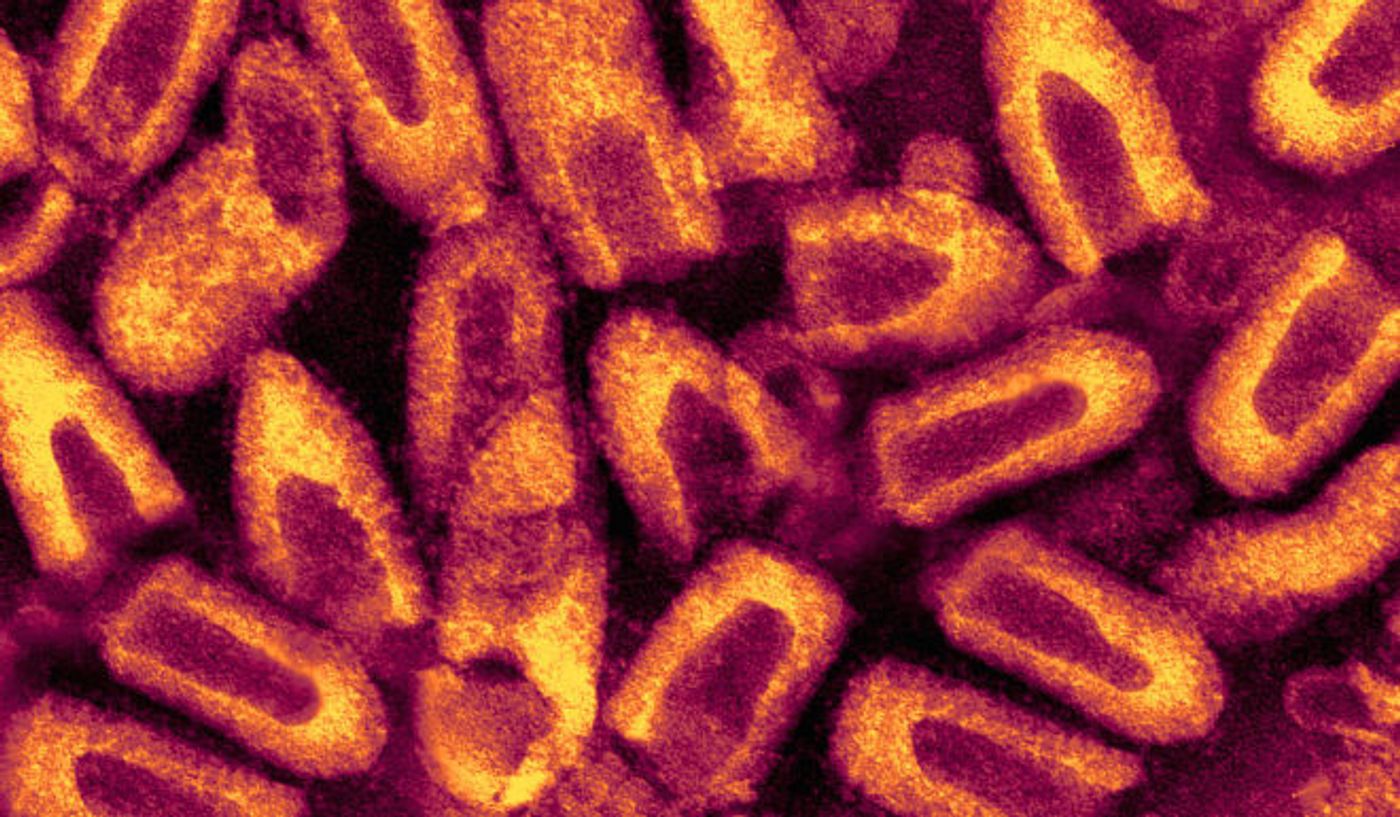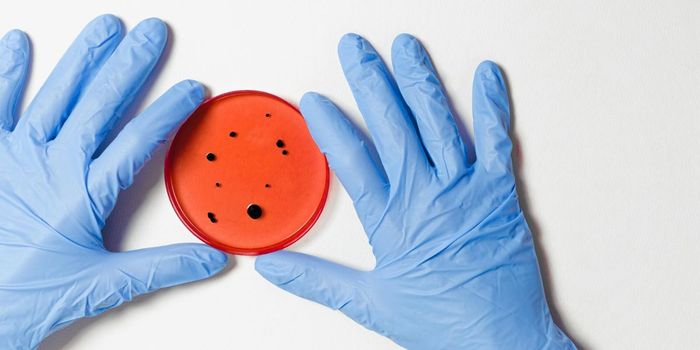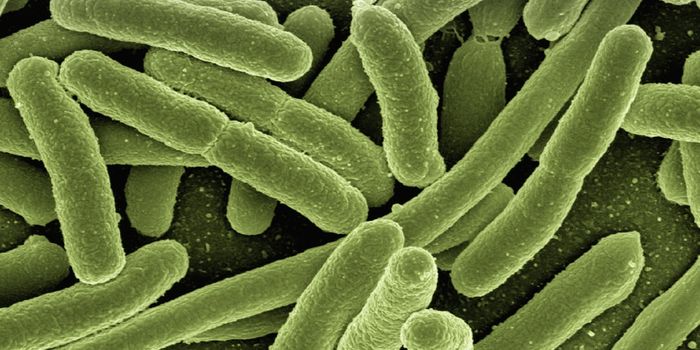A brief history of rabies
I just got a postcard in the mail from my veterinarian. They say it’s time for my dog to get her rabies vaccination.
We’ve all heard of rabies, but I feel like it’s a bit of a mysterious virus surrounded by doom and dread (and rightly so). A lot of things come to mind when I think of rabies, but one thing always tops the list - that part in To Kill a Mockingbird where they encounter a rabid dog. Literary virology aside, I’ve always suspected that my knowledge of rabies may be more fiction than fact.
Rabies is, of course, caused by the rabies virus. It’s a lyssavirus - a single-stranded, bullet-shaped, enveloped RNA virus. Here’s a fun fact, the genus lyssavirus is named for Lyssa, the Greek goddess of madness, rage, and frenzy. Pretty spot on. Other lyssaviruses include the Lagos bat virus, Mokola bat virus, and Australian bat lyssavirus.
Rabies readily infects mammals, including humans, and causes inflammation in the brain. The virus is typically transmitted when saliva from an infected individual is transferred to another individual through a bite or scratch. However, the virus can also be transmitted by saliva if it comes into contact with the eyes, mouth, or nose.
Rabies can manifest itself in two different forms, as furious rabies or paralytic rabies. In furious rabies, infected individuals experience hydrophobia (a fear of water) that is caused by the inability to swallow. Paralytic rabies, on the other hand, causes muscle weakness and paralysis.
The rabies virus usually establishes itself initially in muscle cells, where it replicates. As new progeny virions are produced, they enter peripheral nerve cells by way of acetylcholine receptors and make their way to the central nervous system. The virus then replicates in motor neurons and eventually makes its way to the brain. One the virus is in the brain, it travels out to the salivary glands where it can be transmitted through saliva.
Symptoms begin only once the virus travels from the site of infection to the brain. Then, the infected individual experiences confusion, violent movements and excitement, loss of consciousness, and fear of water. Yeah, hydrophobia is a real thing. In some cases, it can take up to 3 months for symptoms to develop.
Worldwide, dogs are the most common carriers of rabies, and it is transmitted through bites. In North America, however, bats are the most common carriers because pet owners are typically required to vaccinate their animals.
In 2011, 8-year-old Precious Reynolds became the third person in the US to survive rabies without receiving post-exposure prophylaxis. There are only between 2 and 9 cases of rabies reported in the US each year, but nearly 30,000 people receive post-exposure prophylaxis, usually after a tussle with a wild animal.
Physicians used an interesting protocol to help Precious survive her bout with rabies - one that has been used only 25 times in the world (and yielded only 4 survivors). She was placed in a drug-induced coma and given antiviral medications. She didn’t survive totally unscathed - she has had to re-learn how to walk and coordinate her movements.
The history of rabies research is itself pretty interesting. Georg Gottfried Zinke demonstrated that rabies was caused by an infectious agent. In 1804, he showed that the disease could be passed from a rabid dog to a healthy one. Then, the disease could be transmitted from that dog to rabbits and hens by injecting them with the dog’s saliva. By the 1880s, Louis Pasteur became interested in rabies (what wasn’t this guy involved in?). Pasteur realized that if spinal cord samples from infected rabbits were air-dried, the virus contained in the samples became less virulent - attenuated, as it were.
This discovery prompted Pasteur to concoct the first rabies vaccine, and he showed it to be effective in dogs. Next, he turned it up to 11 by treating 9-year-old Joseph Meister. Pasteur and Meister’s physician treated the boy with an emulsion of rabbit spinal cord containing the attenuated rabies virus. After a lengthy regimen of injections, the boy was declared healthy and rabies-free 3 months later. Pasteur went on to treat some 350 patients for rabies from Europe, Russia, and America.
Sources: Journal of Clinical Microbiology, Journal of Neurology, Neurosurgery, and Psychiatry, PLOS Pathogens, UC Davis Medical Center









